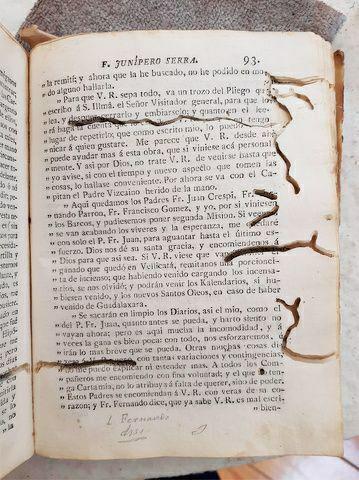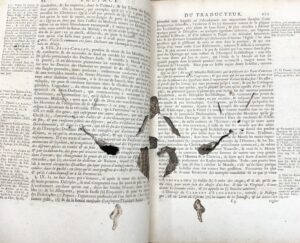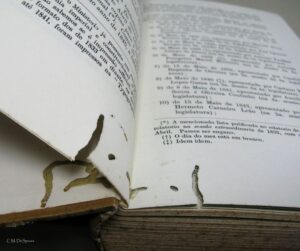Getting to Know Some Actual Bookworms
If you are someone who always has their nose in a book, you have probably been called a bookworm at one point or another. It is likely that you associate the term “bookworm” with a person who loves to read rather than an actual insect. But, in reality, there are actual “bookworms” out there!
The term bookworm comes from insects who like to bore into wood and paper – none of which are worms. The word itself did not come into use until the 1600s, but one can find references to book-boring insects in writing dating back to Ancient Greece, as people observed that sometimes one could find insects in their paper reading materials.
Silverfish and the booklouse are common book-boring insects. Many species of beetles, termites, and cockroaches also can make their homes in books seeking food and shelter. The wood pulp of the paper is attractive for these insects, as well as the material used to bind books together in many cases. This is especially true if the books are exposed to moisture, making the material of the book even softer and more enticing for the insects to munch on.

Bookworm damage.
In today’s world, electricity powered climate controlled environments and pest control usually prevent these insects from tearing into books. However, it is still important to keep an eye out for critters that might want to make a home in your beloved collection. The following are some actual bookworms and what you can do to prevent them.
Termites are famous for their destruction of wood and the rate at which they can do damage. According to the Cornell University Library Guide on Pest Control, termites eat anything made of cellulose, which includes wood, paper, binding cloth, and binding board materials. Tropical climates are especially at high risk for termites. Keep your personal library dry as possible!
Beetles are known to love the bindings used for old books. Traditional glues used for book binding were very attractive to beetle species, but in the modern era this is less of a problem. Beetle larvae (young beetles) do more damage than their adult counterparts.

Cockroaches are also part of the bookworm gang. Yes, the most detested of all pests also love books. From Cornell University: “Cockroach damage can be recognized by multiple light patches on book cloth surfaces—sometimes down to the thread—and ragged edges on paper leaves.” The American cockroach hides during the day and comes out to do its damage at night. Prevention of cockroaches includes keeping an area clean, free of moisture, and eliminating cracks in walls. If you spot a roach, set out anti-cockroach bait traps purchased from a store or make your own using boric acid (Borax), sugar, and flour.
Silverfish also enjoy dark and moist areas. They especially enjoy the binding of books. They stick to eating the surface of paper rather than making tunnels, and they have a particular fondness for coated papers used in high quality printing.

Book Lice, or psocids, are not actually lice. These insects eat fine molds that grow in humid spaces. There can be small trace amounts of mold on older books, cardboard boxes, and more. Luckily, they have no attraction to humans and are easily gotten rid of with pest control methods such as dehumidifying a space, cleaning with borax, and mold cleansers.
So, the next time you hear the word bookworm, know that bookworms aren’t necessarily humans, or cute green little worms with glasses, but actual insects that could damage your library. Prevent bookworms so you can keep being a bookworm!
Have a book for all the (human) bookworms out there? Contact us!
